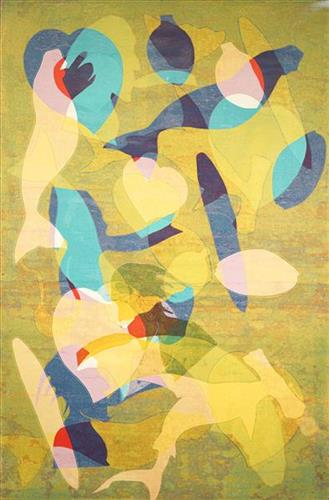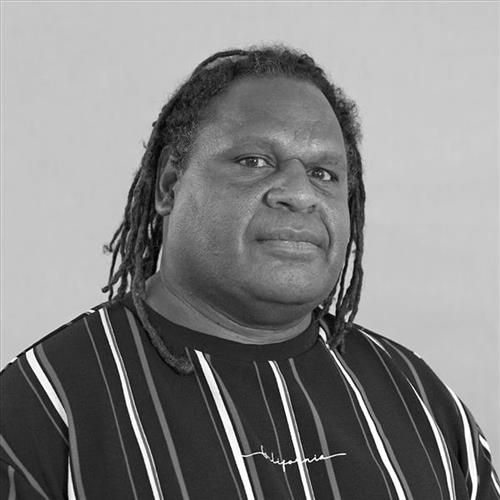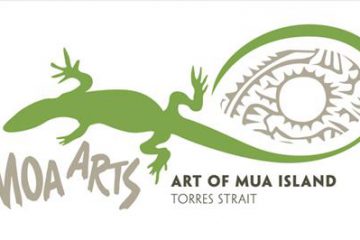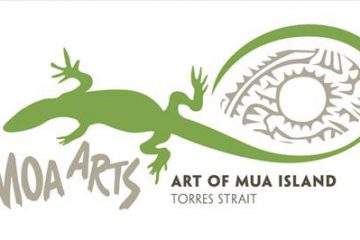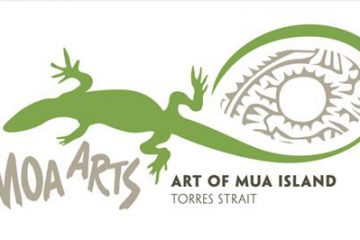359709482292515
Theradhay Sabi (Traditional Adopted Lore
The Torres Strait Islands, a unique cultural enclave between the northern tip of Queensland, Australia, and Papua New Guinea, boast a rich heritage deeply intertwined with distinctive traditional adoption practices.
The kinship system in the Torres Strait is not just a complex and intricate web of relationships but a powerful bond that ties the community together. It is closely intertwined with significant community ceremonies and rituals, reminding them of the continuity of life and the unbreakable ties that bind the community.
The Torres Strait kinship system assigns specific roles and responsibilities within the community, such as marriage, child-rearing, and land management obligations.
Traditional adoption in the Torres Strait is not just a practice but a unique cultural phenomenon. It involves individuals or families within the community caring for and raising a child who is not their biological offspring. This practice is not commonly found in other cultures.
Traditional adoption is not a mere formality but a journey guided by cultural protocols. It often involves ceremonies to mark the occasion, contrasting the more formal Western adoption systems.
The Mualgal people on Moa Island, one of the Torres Strait Islands, have a unique traditional adoption of a child practice known as “Theradhay Kazi”.
In the Mualgal culture, traditional adoption is a deeply ingrained and meaningful practice that serves multiple purposes, such as strengthening kinship ties, ensuring the well-being and care of children, passing down cultural knowledge and traditions, and reinforcing land tenure customs.
Traditional adoption in Mualgal society is a collective decision-making process involving the biological and adoptive father. Once the decision to adopt has been made, it is strictly prohibited for the children to receive any information or acknowledge any relationship with their biological family.
Instead, adopted children become integral members of their adoptive families, separated from their biological families.
These cultural practices are guided by customary laws, opinions, and beliefs, which help reinforce social values and traditions. This reflects the close-knit nature of this unique kinship structure.
Traditional adoption on Moa Island is a meaningful and profoundly ingrained practice that reflects the Mualgal people’s rich cultural heritage. It reinforces their unique belief system and strengthens community bonds.
On Moa Island, the adoption process is an elaborate affair involving a series of ceremonial practices steeped in tradition and significant to the local community.
One critical aspect of this process is the exchange of gifts between the adopting family and the biological family. This exchange symbolises the transfer of responsibility and care for the child from their birth family to their new family.
Additionally, some dances and songs are performed, which are meant to celebrate this significant event in the child’s life. These ceremonies are carefully planned and executed to ensure the child is welcomed into their new family with love and warmth.
The ceremonies are specific to the Mualgal Lore and play a significant role in the adoption process, distinguishing it from Western adoption systems.
The Mualgal people also have a unique way of naming their adopted children, which reflects the child’s place in their adoptive family and the community.
In conclusion, traditional adoption practices in the Torres Strait Islands are a critical aspect of the islanders’ way of life, deeply rooted in their cultural and social fabric.
These practices serve multiple purposes, including strengthening kinship ties, passing down cultural knowledge and traditions, and reinforcing land tenure customs.
This ancient practice is guided by customary laws, opinions, and beliefs, which help reinforce social values and traditions, reflecting the close-knit nature of this unique kinship structure.
Art Centre notes:
The artwork is a ‘pochoir’ print, or monoprint, printed on Belgium linen
(The print covers the paper from edge to edge.)
Artist: David Bosun
Printer: Dian Darmansjah
Printed: Northsite Studio, Cairns October 2023.
